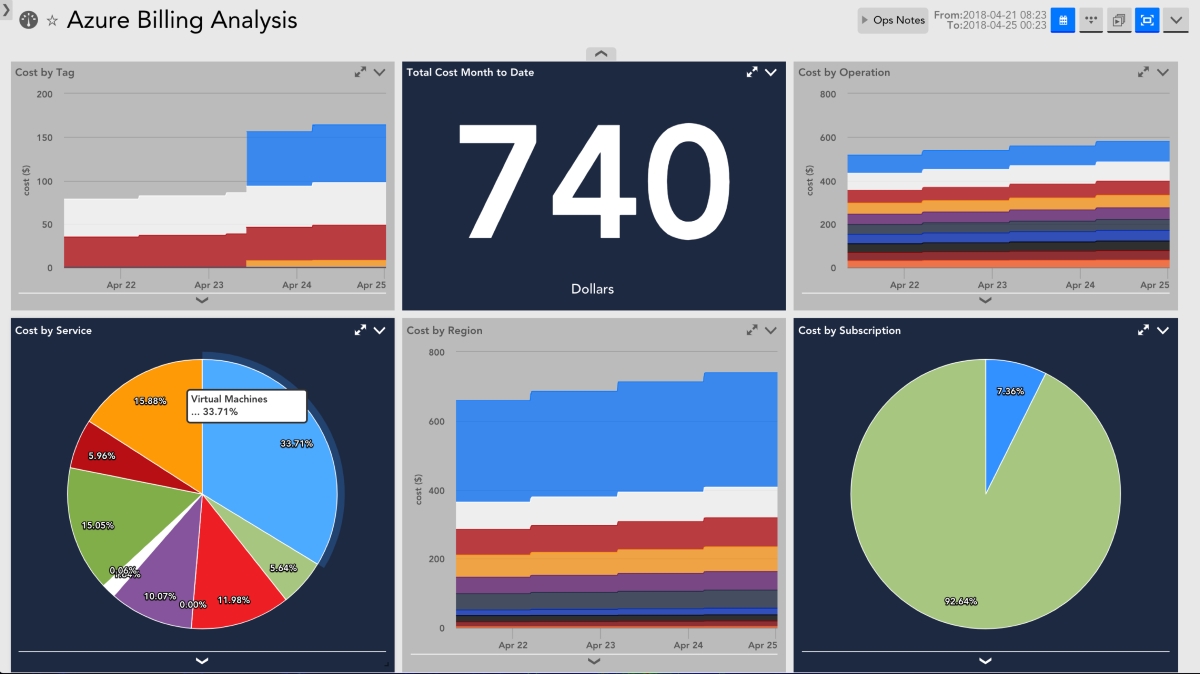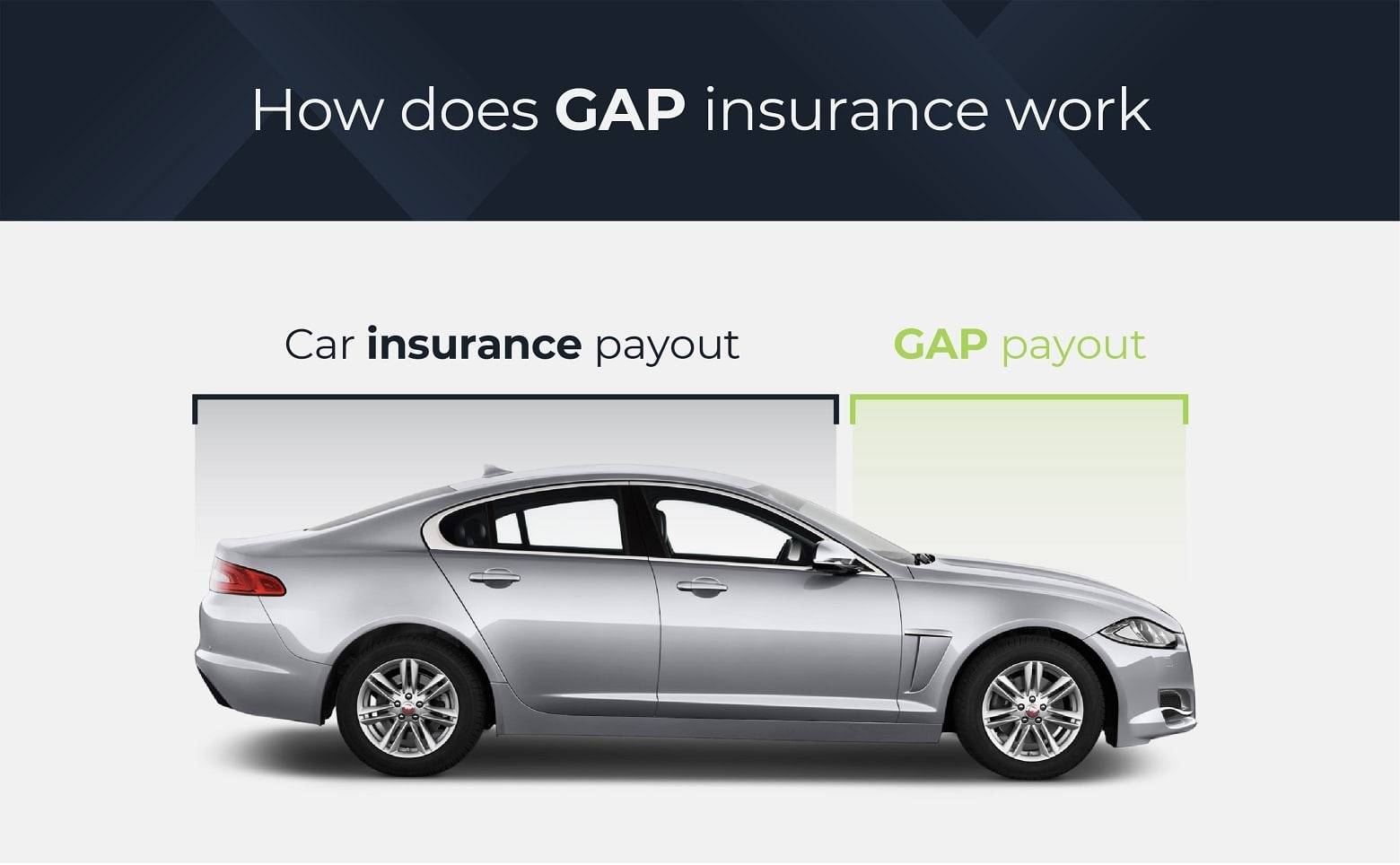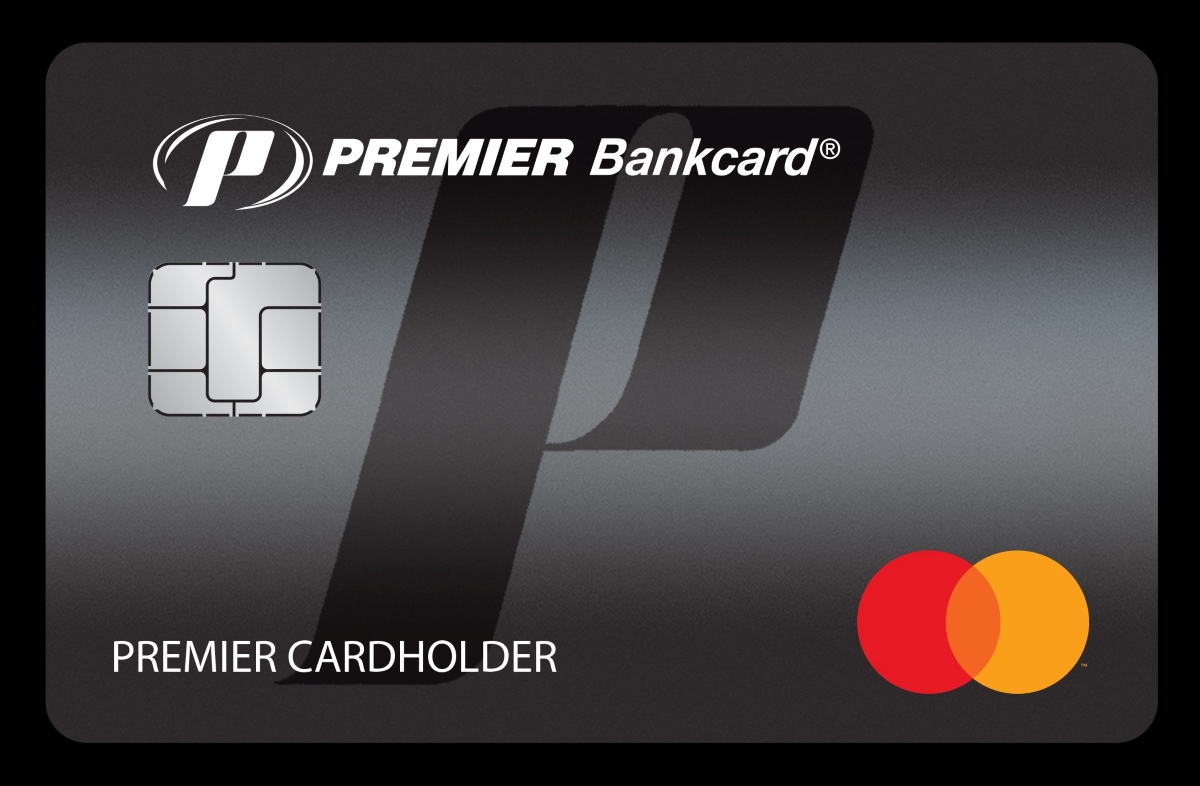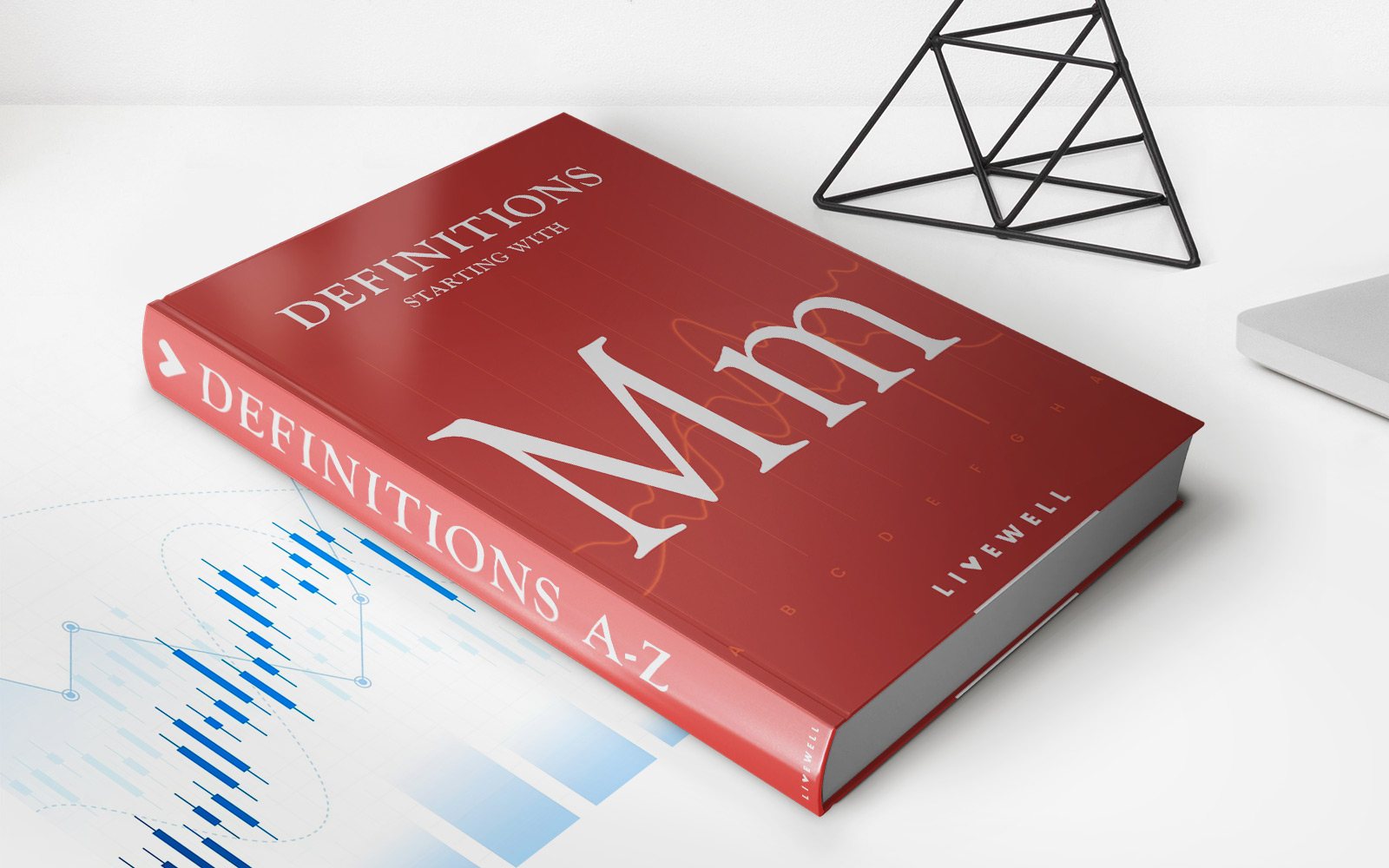Home>Finance>How Do I Know The Minimum Payment For My Credit Card


Finance
How Do I Know The Minimum Payment For My Credit Card
Published: February 25, 2024
Learn how to calculate the minimum payment for your credit card and manage your finances effectively. Understand the importance of meeting this financial obligation. Gain insights on managing your credit card payments.
(Many of the links in this article redirect to a specific reviewed product. Your purchase of these products through affiliate links helps to generate commission for LiveWell, at no extra cost. Learn more)
Table of Contents
Understanding Minimum Payments
Understanding the concept of minimum payments is crucial for responsible credit card management. When you receive your credit card statement, it typically includes a minimum payment amount. This is the smallest sum you are required to pay by a specific due date to keep your account in good standing. However, it's essential to comprehend that making only the minimum payment can lead to long-term financial challenges.
Paying the minimum amount may seem convenient, especially if you're facing budget constraints. However, it's important to recognize that this approach can result in substantial interest charges over time. In fact, the majority of your minimum payment often goes towards covering the interest accrued, with only a small portion allocated to reducing the principal balance. Consequently, carrying a balance and making minimum payments can prolong the time it takes to clear your debt, leading to increased interest expenses.
Furthermore, comprehending the impact of minimum payments on your credit score is imperative. While making the minimum payment avoids late fees and protects your credit history from negative marks, it doesn't necessarily reflect positively on your credit utilization ratio. This ratio compares the amount of credit you're using to your total available credit, and a high utilization ratio can negatively impact your credit score. By consistently paying only the minimum, you may signal to creditors that you are financially stretched, potentially influencing future credit applications and interest rates.
In essence, understanding minimum payments involves recognizing their short-term convenience and long-term financial implications. While they provide immediate relief, they can lead to increased interest costs and potential credit score repercussions. Therefore, it's essential to explore strategies for managing credit card debt that extend beyond the minimum payment requirement.
Factors Affecting Minimum Payments
Several factors influence the calculation of minimum payments on credit cards, each playing a significant role in determining the amount due each month. Understanding these factors is essential for managing your credit card obligations effectively.
- Outstanding Balance: The outstanding balance on your credit card directly impacts the minimum payment. Typically, a percentage of the outstanding balance, often around 1-3%, is set as the minimum payment amount. Consequently, the higher your balance, the larger your minimum payment will be.
- Interest Rate: The interest rate on your credit card is a critical factor in minimum payment calculations. Higher interest rates result in increased interest charges, which, in turn, elevate the minimum payment amount. It’s important to be aware of how interest rates affect your minimum payment to anticipate the impact on your monthly budget.
- Fixed Amounts: Some credit card issuers set a minimum payment floor, ensuring that the minimum due doesn’t fall below a specific threshold, such as $25 or $35. This practice provides a level of consistency and predictability for cardholders, especially when their outstanding balance is relatively low.
- Fees and Penalties: If you’ve incurred late payment fees, over-limit fees, or other penalties, these can contribute to an increase in your minimum payment. It’s essential to address these additional charges promptly to avoid further escalation of your minimum payment obligations.
By understanding these factors, you can gain insight into the dynamics of minimum payments and make informed decisions regarding your credit card usage and repayment strategies. Additionally, being aware of how these elements interplay empowers you to take proactive steps to manage your credit card obligations effectively.
Calculating Minimum Payments
Calculating the minimum payment on your credit card involves several key elements, each contributing to the final amount due. While credit card issuers employ varying methods to determine minimum payments, the most common approach involves a combination of factors that influence the calculation.
One prevalent method for computing minimum payments is based on a percentage of the outstanding balance. This percentage typically ranges from 1% to 3% of the total amount owed. For example, if your outstanding balance is $1,000 and the minimum payment percentage is 2%, your minimum payment would amount to $20. However, it’s important to note that credit card companies may implement a minimum fixed amount, ensuring that the minimum payment doesn’t fall below a specified threshold, such as $25 or $35, regardless of the calculated percentage.
Moreover, the minimum payment is often inclusive of any fees, interest, and a portion of the principal balance, contributing to the total amount due. Understanding the composition of the minimum payment empowers cardholders to discern how much of their payment is allocated to interest and how much serves to reduce the principal balance.
It’s crucial to recognize that while the minimum payment meets the basic requirement to keep the account current, it’s not necessarily aligned with a strategy for efficient debt repayment. By solely making minimum payments, you may find yourself trapped in a cycle of prolonged debt and increasing interest charges. Therefore, it’s advisable to aim for payments exceeding the minimum to expedite debt reduction and minimize interest expenses.
By comprehending the factors involved in calculating minimum payments and the implications of adhering to these requirements, individuals can make informed decisions regarding their credit card usage and repayment strategies. Additionally, seeking opportunities to pay more than the minimum amount can significantly contribute to financial stability and long-term debt management.
Importance of Paying More Than the Minimum
Recognizing the importance of paying more than the minimum amount on your credit card can significantly impact your financial well-being. While the minimum payment fulfills the basic obligation to the credit card issuer, it’s essential to understand the benefits of exceeding this requirement and the positive outcomes associated with higher payments.
First and foremost, making payments above the minimum amount accelerates the reduction of your outstanding balance. By allocating more funds towards your credit card debt, you effectively diminish the principal amount owed, leading to a quicker path to debt freedom. This approach not only reduces the overall interest charges but also enhances your financial security by liberating you from the burden of prolonged debt repayment.
Additionally, paying more than the minimum can positively impact your credit score. By demonstrating responsible credit management through higher payments, you showcase your ability to handle credit obligations effectively. This can contribute to an improved credit utilization ratio, a key factor in credit scoring models, which compares your outstanding balances to your total available credit. A lower utilization ratio can enhance your creditworthiness and potentially lead to more favorable terms when seeking credit in the future.
Furthermore, by paying more than the minimum, you mitigate the risk of falling into a cycle of persistent debt. Making only the minimum payment prolongs the time it takes to clear your balance and substantially increases the interest accrued. By contrast, higher payments expedite the debt repayment process, reducing the overall interest expenses and freeing up financial resources for other essential purposes.
Ultimately, understanding the significance of paying more than the minimum underscores the value of proactive debt management. By embracing the opportunity to contribute higher amounts towards your credit card balances, you not only expedite your journey to financial freedom but also fortify your credit standing and alleviate the burden of prolonged debt repayment.
Consequences of Making Only the Minimum Payment
Opting to make only the minimum payment on your credit card can lead to a myriad of detrimental consequences, impacting both your financial well-being and long-term stability. While the minimum payment fulfills the basic requirement to keep the account current, it’s essential to recognize the potential repercussions associated with this approach.
One of the primary consequences of making only the minimum payment is the persistence of debt. By adhering to the minimum requirement, a significant portion of your payment is allocated towards covering interest charges, with only a fraction contributing to reducing the principal balance. Consequently, this perpetuates a cycle of prolonged debt repayment, leading to increased interest expenses and an extended timeline for achieving debt freedom.
Moreover, consistently making only the minimum payment can hinder your financial progress. It may lead to a higher credit utilization ratio, negatively impacting your credit score. A heightened utilization ratio can signal financial strain to creditors, potentially affecting future credit applications and interest rates. Additionally, it limits your ability to access additional credit when needed and may result in unfavorable terms when seeking new credit opportunities.
Another significant consequence of making minimum payments is the amplification of interest charges. By extending the duration of debt repayment, you incur additional interest expenses, ultimately paying a substantially higher amount over time compared to clearing the balance more expediently. This can significantly impede your financial stability and limit your capacity to allocate funds towards savings or other essential expenditures.
Furthermore, relying solely on minimum payments can create a sense of financial complacency, masking the true extent of your debt burden. It’s imperative to recognize that while minimum payments offer temporary relief, they contribute to prolonged financial strain and inhibit your ability to achieve lasting debt freedom.
In essence, understanding the consequences of making only the minimum payment underscores the importance of proactive debt management. By acknowledging the potential pitfalls associated with this approach, individuals can make informed decisions regarding their credit card repayment strategies, aiming to expedite debt reduction and enhance their long-term financial well-being.














